Q: Do train crews have the ability to activate or deactivate crossing lights and gates? — Richard Collingwood, Milan, Ohio A: No. Here’s why: Crossing circuits have set approaches based off of warning time required and maximum speed of the trains. The modern day crossing processors — mini computers inside a crossing gate bungalow (the metal […]
Section: Train Basics
Ask Trains: Why do you see empty container trains headed away from East Coast ports?
Q: One reader recently asked why there were so many empty container trains heading away from the East Coast on railroads? Could it be the West Coast receives more loads and container trains need to be repositioned? — A Trains reader A: That East/Eest balances is one source of empty moves, but there are other […]
Ask Trains: What are the rules on when locomotive bells should ring?
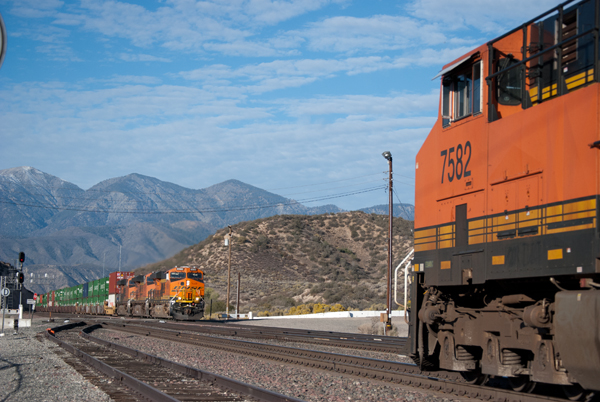
An eastbound BNSF Railway train passes a stopped BNSF freight at “Summit” in California’s Cajon Pass in 2013 — this meet is one of several conditions which might require a locomotive bell to be sounded. Trains staff Q: What are the rules concerning when a train should ring its bell at a crossing or elsewhere? […]
Ask Trains: What is the Chicago-area yard that rhymes with ‘Marks’?
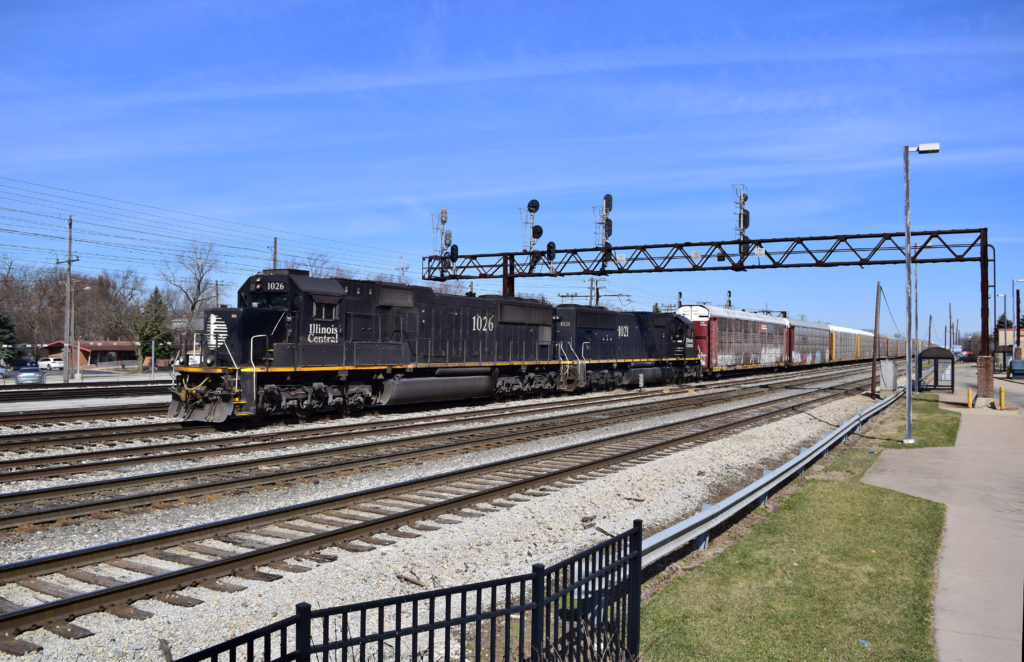
A Canadian National train with Illinois Central-painted locomotives departs Chicago’s Markham Yard in 2017. TEH-17089-16 Jacob Metzger Q: When I was in the second grade, we took a field trip to what was then the largest freight yard in the country. That was over 50 years ago, when I lived in a Chicago suburb. I […]
Adventures with Steam
Download this free 25-page PDF for a collection of thrilling railfan stories. Railfans reminisce on unforgettable cab rides they had with the Pennsylvania Railroad, Canadian National Railway, Canadian Pacific Railway, Illinois Central Railroad, and Grand Trunk Western Railroad. […]
Ask Trains: How do railroads determine which freight cars need repair before continuing their journeys?
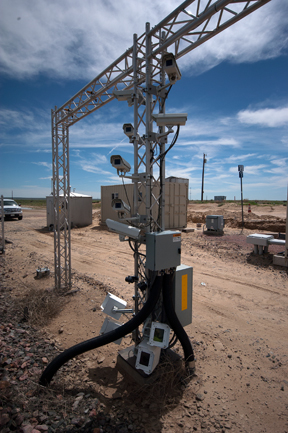
A portion of the cameras and sensors aimed at freight trains to detect freight car problems at the Transportation Technology Center near Pueblo, Colo. These sensors help comprise the most modern methods of freight car inspection. Trains staff Q: How do railroads determine which freight cars need repair before continuing their journeys? — Robert Rose, […]
Ask Trains: What is this freight load?
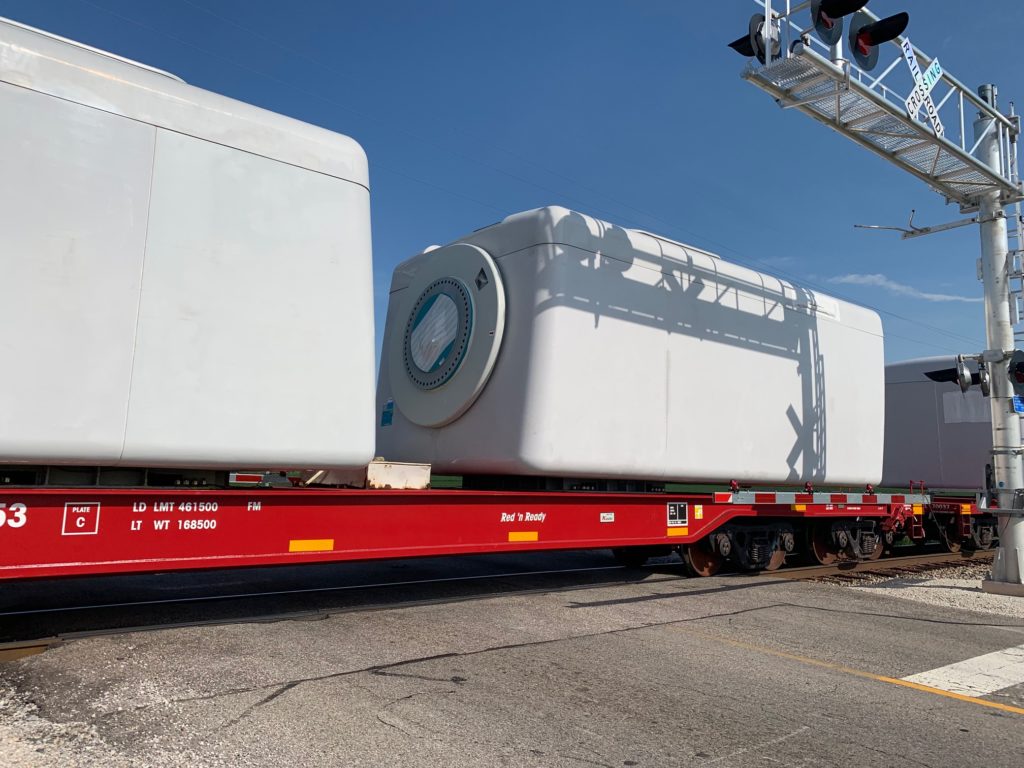
A photo of a big boxy freight load, likely a wind turbine nacelle. Submitted by Mark Faust Q: Saw a whole CSX Transportation train of these in Sullivan, Ind. What are they? — Mark Faust, Carmel, Ind. A: The photo you submitted resembles a wind turbine gearbox nacelle, and is probably what the train was […]
Ask Trains: Is that Talgo’s tilt normal?
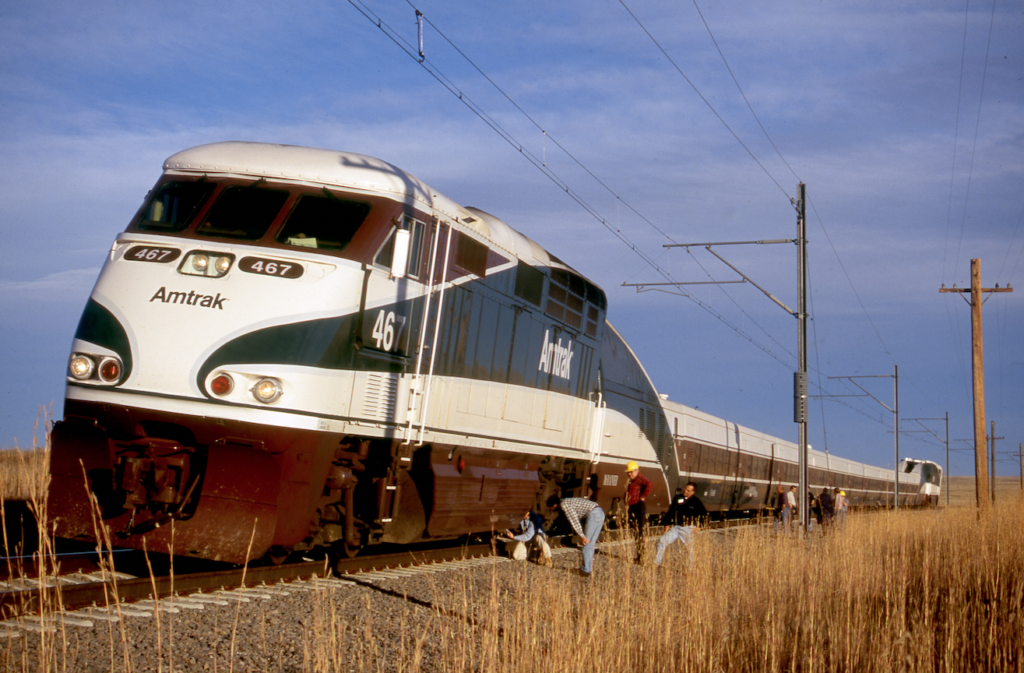
A Series 6 Talgo trainset is examined after 125-mph operation at the Transportation Test Center in Pueblo, Colo., in 1998. Bob Johnston Q: In the Sept. 2019 Passenger column on Page 18, I see that a Series 6 Talgo locomotive is leaning while being inspected. Was that tilt normal? — Robert Muckey, Williamson, N.Y. A: […]
Ask Trains: What were Providence & Worcester Railroad’s colors in 2000?
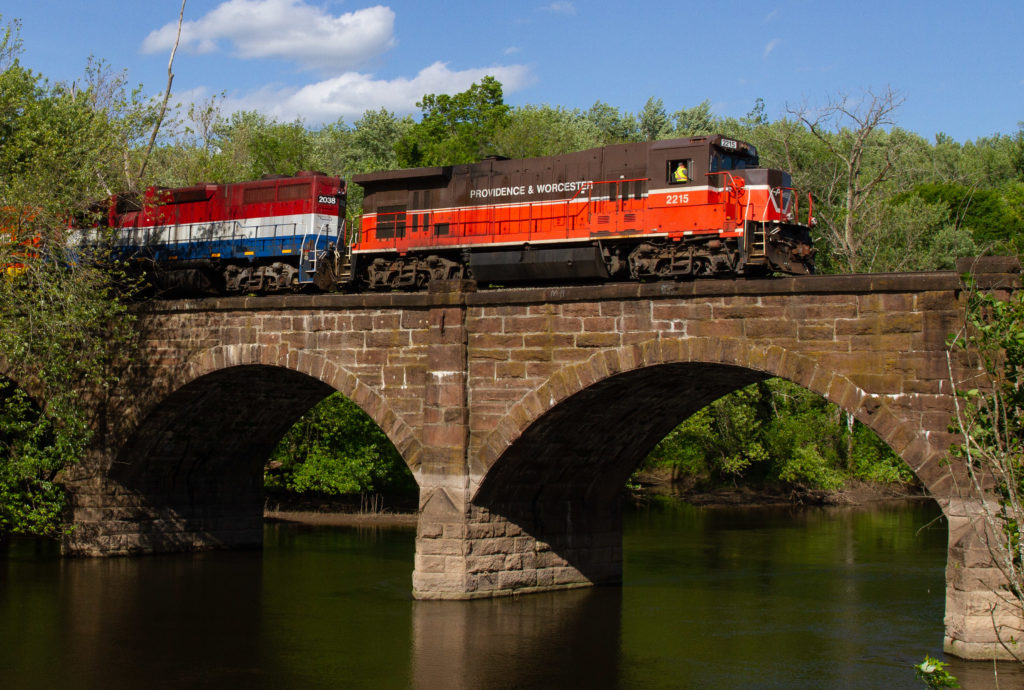
Providence & Worcester GE “Super 7” B23-7R No. 2215 leads Connecticut Southern train CSO-4 on Amtrak rails at Windsor, Conn., June 3, 2019. Scott A. Hartley Q: What were the Providence & Worcester Railroad’s colors in 2000? — Chris Carlson, Ottawa, Ont. A: In 2015, the year before Providence & Worcester was purchased by Genesee […]
Ask Trains: Who really operates locomotive shops in East St. Louis?
Q: I recently visited the Foster Townsend facility by the river in St. Louis and was informed that it is now part of Metro East Industries. Can you confirm? — John Foster, Gloucester, England A: Upon checking with railfans familiar with St. Louis, they confirmed that the shops you visited are leased out to Metro […]
Classic Diesel Builders
Download this free 22-page PDF for profiles on the six major 1940s-1950s diesel-locomotive producers. This free download dives into the history of Electro-Motive Engineering Co., American Locomotive Company, Baldwin Locomotive Works, Fairbanks-Morse, Lima Locomotive Works, and General Electric. Learn about the background of each company, the locomotives they produced, and how each company was impacted […]
Ask Trains: Why and when did rails get their shape?
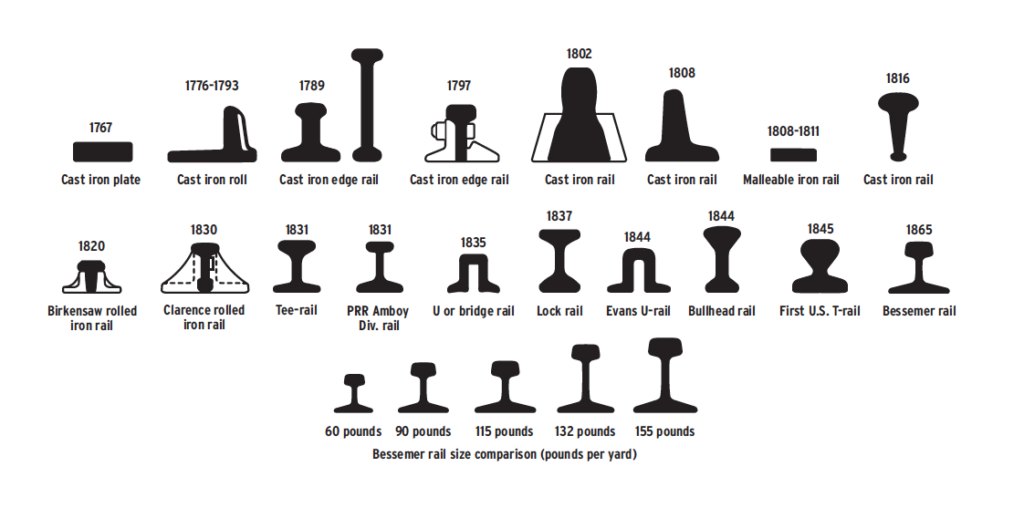
Rail profiles through time from file: TRN-TC0513 Illustration: Rick Johnson Q: Why and when did rails get their profile? — Rozier Smith A: The basic shape, or profile, of rails that we see today: chucky head, thin web, and wide base, has its roots railroading as early as 1789, according to an illustration Trains printed […]
